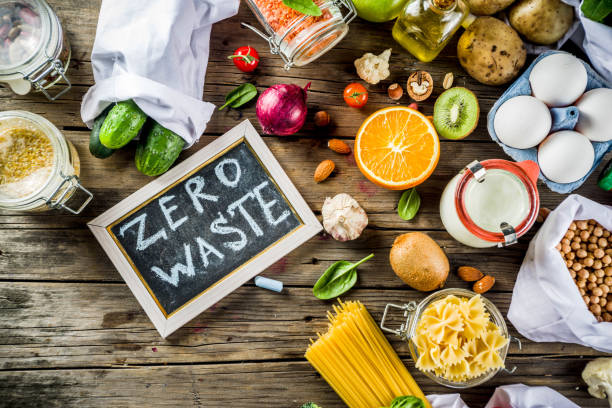Modern commerce relies heavily on packaging, and packaging has become an integral component of daily life. It is important to note, however, that traditional packaging materials like metals, glass, and plastics can be detrimental to the environment, creating pollution and contributing to global warming. Recent years have seen an increase in the use of eco-friendly food packaging as a response to this issue.
In eco-friendly food packaging, sustainable and environmentally friendly materials are used that won’t harm the environment. Food packaging that is eco-friendly and socially responsible is available today, but it’s also practical and affordable.
When it comes to reducing food waste, your choice of packaging plays a crucial role in maintaining the quality of foods, extending their shelf lives, and protecting them from damage during storage and transportation. Read on to learn how you can utilize your packaging strategy to combat food waste.
Understanding the Key Stats on Food Waste
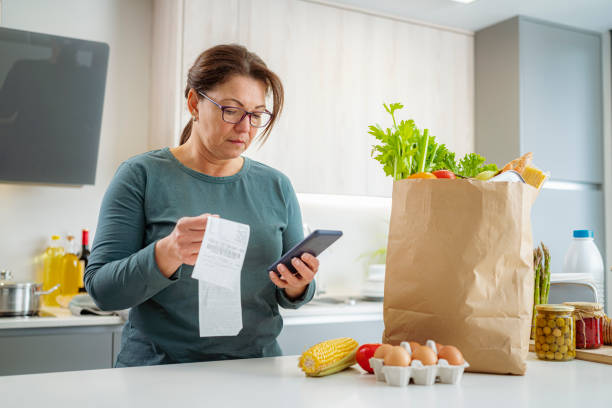
The statistics surrounding food waste are staggering. Globally, it is estimated that 30% of all food grown for human consumption is lost or wasted. Annually, that amounts to 1.3 billion tons. Not only does this waste vital resource but also causes food insecurity and elevated levels of greenhouse gas emissions in the environment.
Food that is perfectly fit for consumption is thrown away
Our wasteful habits also cause huge amounts of food to go to waste. It is estimated that supermarkets, shops, and households throw out 35% of the waste food. The majority of it can still be eaten.
Why does Food Waste Occur in the Food Production Industry?
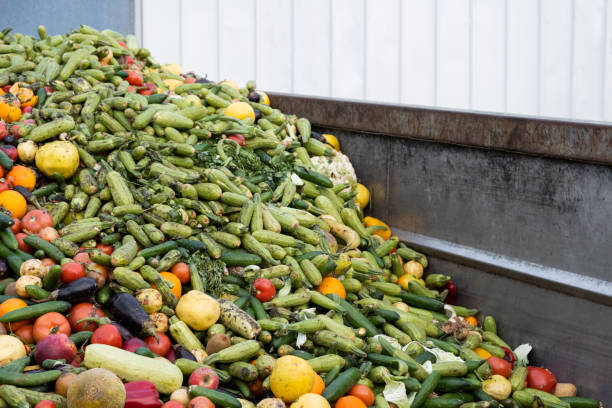
Food waste occurs in the food industry for several reasons. The following are some of the most common causes:
- Excess production: It is possible to overproduce food products by misjudging consumer demand, resulting in excess inventory or spoilage.
- Handling and processing issues: Human error, inefficient processes, and incorrect packaging can lead to damaged, spoiled, or contaminated products.
- Storage-related problems: Products can become brittle and lose shelf life as a result of poor storage conditions, such as inadequate humidity and temperature control.
- High standards of appearance: Aesthetic standards are often high among consumers and retailers, so manufacturers often discard perfectly edible foods if they don’t meet these standards.
Why Food Waste is a Problem

There are significant economic, social, and environmental impacts associated with food waste:
- Environmental: In addition to generating greenhouse gases and consuming valuable resources, food waste contributes to pollution and climate change by resulting in landfill waste and consuming valuable resources.
- Societal: Because millions of people are suffering from food scarcity and malnutrition around the world, wasting food is morally and ethically wrong.
- Economic: It drives up the price of products and negatively affects the supply chain when food waste occurs in the manufacturing process.
Importance of Reducing Food Waste and Packaging
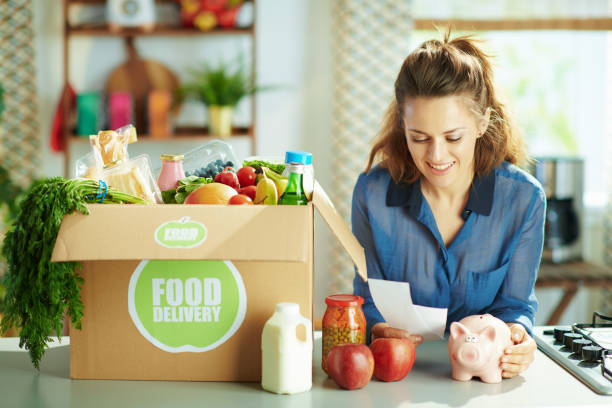
Reducing food waste and packaging is imperative for several reasons. Not only does it help alleviate environmental strain, but it also saves money, conserves resources, and fosters a sense of mindfulness in our daily routines.
According to Environment and Climate Change Canada, 20% of all food produced in Canada each year ends up in landfills or compost piles. This number is 58%, according to Second Harvest, the largest food rescue organization in the country. Even though statistics vary, it is clear that much food goes unused.
What Packaging Features Can Reduce Food Waste?

1. Active packaging
An active packaging system releases or absorbs certain compounds that are relevant to a product’s quality inside the package, thus prolonging its shelf life. Furthermore, packaging design refers to smaller packages that prevent overconsumption and waste of excess product, such as components for opening and reclosing the package.
2. Intelligent packaging
Packaging technology advancements have made it possible to detect spoiled food or food at an unsafe temperature before it reaches the consumer. The term “intelligent packaging” refers to packages that display a visual indicator that indicates the edibility of a product.
Food inside packaging can be monitored and communicated by smart labels and sensors. Using temperature and moisture sensors, they are capable of doing this automatically. Consumers can use this information for real-time information about food safety and freshness.
3. Atmosphere-modified packaging
It is possible to slow down the growth of bacteria inside food packaging by modifying the atmosphere inside. Oxygen, carbon dioxide, and humidity levels can be controlled in food packaging. This prolongs the shelf life of perishable products, making them more likely to last longer.
4. Portion control packaging
When it comes to purchasing and preparing food, packaging that encourages portion control can assist customers in making better decisions. Packages with pre-portioned servings or packaging with visible serving sizes help prevent overconsumption. Customers are less likely to waste leftover food when they don’t make more than they need.
5. Biodegradable and recyclable packaging
It is possible to reduce landfill waste associated with packaging disposal by using environmentally friendly packaging materials.
Benefits of Eco-Friendly Packaging
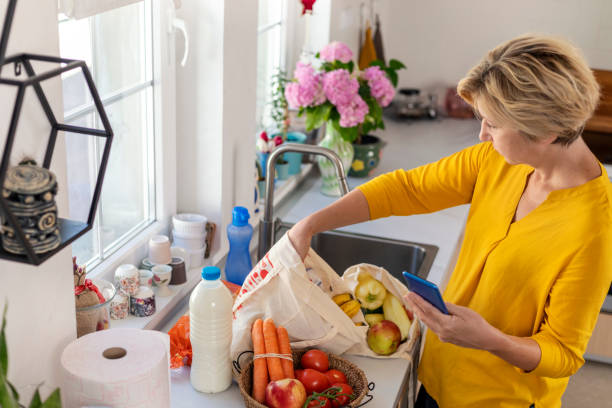
The use of sustainable packaging as a means of reducing food waste is becoming increasingly popular. It extends the shelf life of food, prevents contamination, and is environmentally friendly. Here are the benefits of eco-friendly packaging.
1. Lowers carbon footprint
In the modern world, many consumers care about how their actions affect the environment. Products they buy directly affect this impact. It also affects their loyalty to brands that focus on zero-waste practices.
Packaging made from recycled materials will have a reduced carbon footprint. Similar to packaging made from bamboo or FSC-approved paper and cardboard, natural materials that are grown remove carbon dioxide from the atmosphere. It’s a good idea to use eco-friendly packaging if you want to become carbon-neutral.
2. It is Biodegradable
The packaging will be biodegradable if it is made of natural materials. It takes hundreds of years for plastic to biodegrade, releasing harmful chemicals along the way. Biodegradable packaging, such as eco-friendly paper products, is even available.
3. Easy to dispose of
There are dedicated recycling and disposal facilities or services in most places and businesses in the UK and Europe. Nowadays, recycling is relatively easy, as long as you separate your disposables so that they can be properly recycled.
4. Toxin-free
Crude oil, one of the most common materials used for plastic production, is an incredibly harmful petrochemical resource in terms of processing, distribution, use, and disposal. In the long run, eco-friendly packaging does not have any of these issues. Unlike plastic, it does not produce harmful chemicals as it degrades.
5. Reusable or recyclable
A key aspect of eco-friendly packaging is its ability to be recycled or reused. It is important to encourage the reuse of packaging because it extends its lifespan, thereby reducing the need for new materials, which further reduces its carbon footprint. Depending on the quality of the packaging, it may be reusable for further packaging, storage, or even arts and crafts.
6. More storage space
Manufacturers can end up with more space when they switch to eco-friendly packaging. They can ship more products while reducing freight costs when because of the extra space. Doing this reduces transportation costs by reducing the number of trips needed.
Furthermore, smaller packages also take up less shelf space. As a result, you can place your product more flexibly. A more creative display is also possible.
The Best Packaging Strategies for Food to Last Longer
The packaging strategy plays an important role in ensuring the freshness and shelf life of food products in a world where consumers demand high-quality, fresh food. When packaged properly, the food is protected from air, moisture, and external factors, such as dust and light, which can negatively affect its quality.
Food manufacturers must invest in high-quality packaging materials and innovative technologies, including modified atmosphere packaging and vacuum packaging, to achieve this goal. Additionally, packaging should be thoroughly tested to ensure that it will maintain the desired freshness and quality while enduring transportation and storage. The packaging of products can extend their shelf life and improve the reputation of companies.
Using Proper Labels and Tracking to Reduce Food Waste
When it comes to reducing food waste, proper package labeling and tracking are critical. The right approach can prevent us from throwing away food that could have been nourishing.
It is possible to let customers and businesses know when products expire by printing innovative food packaging. Consumers are empowered to make more informed decisions and food waste is reduced as a result of this information.
It is also possible for companies to reduce waste in their production processes by tracking and analyzing trends in food consumption. It is possible to reduce the amount of food that goes to waste each year by prioritizing proper package labeling and tracking methods.
Conclusion
Minimizing food waste and packaging is a multifaceted endeavor that requires awareness, intentionality, and collective action. By adopting sustainable practices in our kitchens and communities, we can reduce our environmental footprint, conserve resources, and pave the way for a more sustainable future.
We can reduce food waste by using the right eco-friendly packaging strategies. Utilizing sustainable materials, tracking labels, and maximizing product freshness are important for companies. The food will not go to landfills, which will save them money and reduce greenhouse gas emissions.

